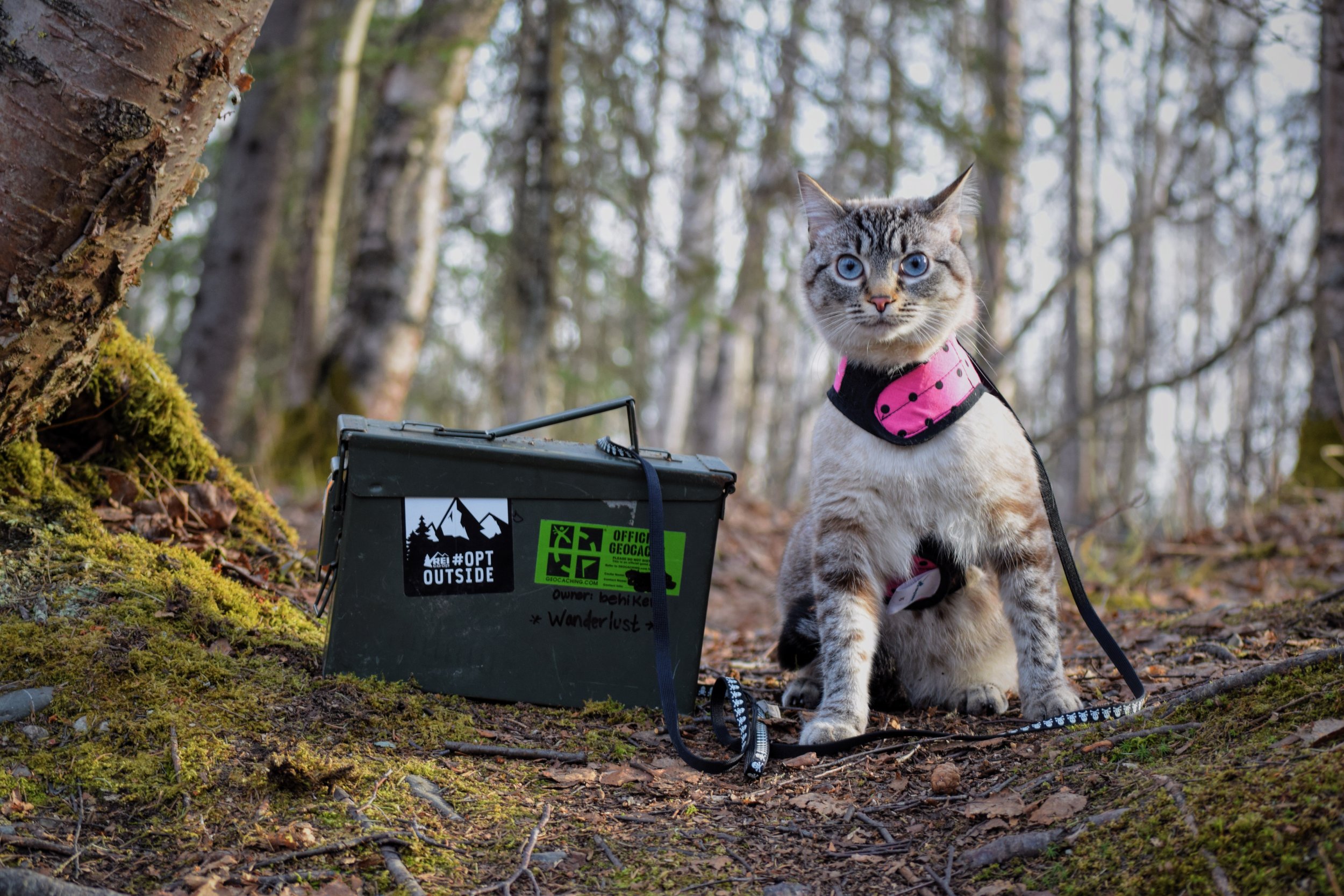Fast facts
Geocaching by the numbers
There are more than 3.4 million active geocaches worldwide.
Geocaches are hidden in 191 different countries on all seven continents (even Antarctica)!
More than 1.2 billion "Found it" and "Event Attended" logs have been recorded since the game started in 2000.
Currently, there are over 361,000 geocache owners throughout the world.
Geocachers gather at over 59,000 events annually to share stories and play the game.
There are more than 200 geocaching organizations around the world.
Geocaching.com is translated into 24 languages, Android and iOS apps are translated into over 20 languages.
Historic moments
May 3, 2000
The first geocache was hidden near Beavercreek, Oregon.
September 2000
Jeremy Irish launched Geocaching.com, a listing site for geocaches. At the time of its launch, there were 75 known geocaches worldwide.
October/November 2000
Jeremy Irish, Elias Alvord, and Bryan Roth founded the company Groundspeak Inc. (dba Geocaching HQ) to support the game of geocaching. Initial revenue came from sales of 144 Geocaching t-shirts.
2002
Geocaching HQ launched Cache In Trash Out® (CITO), an environmental initiative that is supported by the worldwide geocaching community. Geocachers and community groups work together at organized events to help improve outdoor spaces and preserve the natural beauty of geocache-friendly spaces by picking up trash and by removing invasive species. Since its initial launch, more than 333,000 people have volunteered at 16,000 CITO events and over 8,000,000 liters of garbage have been collected.
2008
Video game developer Richard Garriott places a geocache and Travel Bug on the International Space Station. The cache was found for the first time in November 2013 by NASA astronaut Rick Mastraccio. The Travel Bug remained on the ISS for three years, accumulating more than 350 million miles as it orbited the Earth.
2020
NASA’s Mars Perseverance Rover, containing a Geocaching trackable code, launches with an Atlas V-541 from Cape Canaveral, Florida. The rover arrives in Jezero Crater, Mars on February 18, 2021. Geocaching is now interplanetary!
2022
Geocaching HQ hosts the Geocaching 20th Anniversary Celebration at Seattle Center. The event was originally scheduled for 2020, but was delayed due to the COVID-19 pandemic.
2025
Geocaching celebrates its 25th anniversary with special activities including Community Celebration Events and Block Parties around the world.
Present Day
Geocaching HQ remains a strong, independent organization in the Fremont neighborhood of Seattle with approximately 90 employees. Geocaching HQ maintains the global list of geocaches, the primary geocaching mobile applications, and the Geocaching.com website to support the global game.
Founders - Bryan Roth, Jeremy Irish, Elias Alvord
Geocaching basics
A geocacher hides a geocache and lists the coordinates on Geocaching.com for others to find.
Players will navigate to a geocache using the Geocaching® app or a GPS-enabled device.
At minimum, geocaches contain a logbook for players to sign. After signing, they'll log their experience on the Geocaching® app or on Geocaching.com to earn a reward in the form of a point and digital smiley.
Some geocaches contain small trinkets for trade. If a geocacher takes something from the geocache, they replace it with something of equal or greater value.
Traveling game pieces called trackables can also be found in geocaches. These trackables have a unique tracking number engraved on them and move from geocache to geocache towards a goal.
Geocaches are often well hidden but never buried.
Geocaches are always put back at the location where they were found for the next geocacher to discover.
Additional resources
Learn about the health benefits of geocaching as documented by Texas A&M.
Download the Geocaching Fact Sheet.
Read a one pager on "What is geocaching?"
Watch educational geocaching videos on the Geocaching YouTube channel including Finding a Geocache, Geocaching Etiquette, and Hiding a Geocache.
Visit the Geocaching Help Center to answer all game related questions.
Learn more about our partnerships programs including GeoTours and branded promotions.




